Vietnam - Sweden Uong Bi Hospital ( Quang Ninh ) said it is actively treating a 13-year-old boy who suffered a stroke due to cerebral infarction.
Previously, a 13-year-old patient, residing in Uong Bi Ward (Quang Ninh), was playing normally when suddenly symptoms such as left hemiplegia, crooked mouth, difficulty speaking appeared... The family immediately took the child to the emergency room.
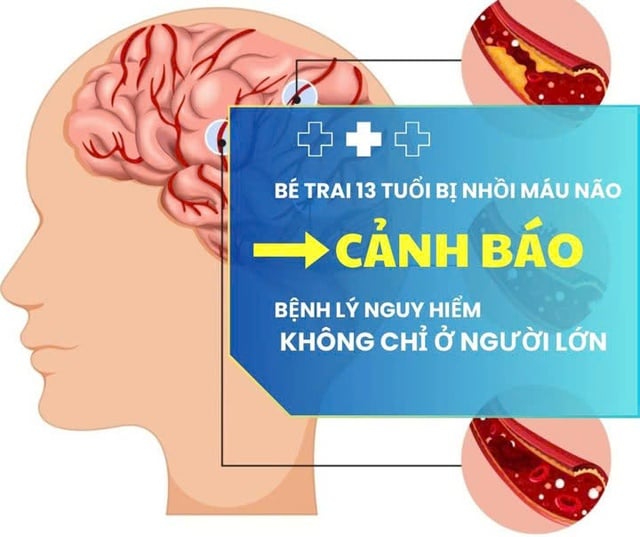
Warning of the risk of stroke in young people
ILLUSTRATION
Results of a brain MRI and angiogram showed a cerebral infarction in the left hemisphere. The boy had a good health history and no underlying medical conditions. However, family members said that two family members had suffered from cerebral infarction, a factor that could increase the child's risk of developing the disease.
According to Dr. Vuong Thi Hao, Head of the Pediatrics Department, many people often mistakenly believe that stroke only occurs in the elderly or people with underlying medical conditions such as high blood pressure or diabetes. However, in reality, cerebrovascular disease is becoming younger, in which stroke in children, although rare, leaves serious consequences both physically and mentally.
The causes of cerebral infarction in children are often complex and different from those in adults. The disease can be related to congenital cardiovascular diseases (such as ventricular septal defect, atrial septal defect, heart valve disease, cardiomyopathy, infective endocarditis, etc.), malformations or inflammation of cerebral blood vessels, blood clotting disorders, genetic diseases or complications after encephalitis, meningitis. In addition, head and neck trauma can also cause vascular damage leading to stroke.
"Early diagnosis and intervention are key factors in determining a child's ability to recover," Dr. Hao emphasized.
Experts warn that in case a child shows signs of neurological abnormalities such as headache, difficulty speaking, weak limbs, or convulsions, parents should take the child to the hospital immediately for examination and imaging diagnosis (CT scan, MRI of the brain) to detect early damage or malformations of the brain's blood vessels.
Depending on the extent of the damage, the doctor will have a strategy to monitor, treat or intervene promptly to prevent the risk of bleeding or stroke recurrence.
The hospital also recommends that parents pay attention to family history, closely monitor children's unusual symptoms and not be subjective with early warning signs of stroke in young children.
Source: https://thanhnien.vn/be-trai-13-tuoi-nhoi-mau-nao-canh-bao-nguy-co-dot-quy-o-thieu-nien-185250717083321389.htm


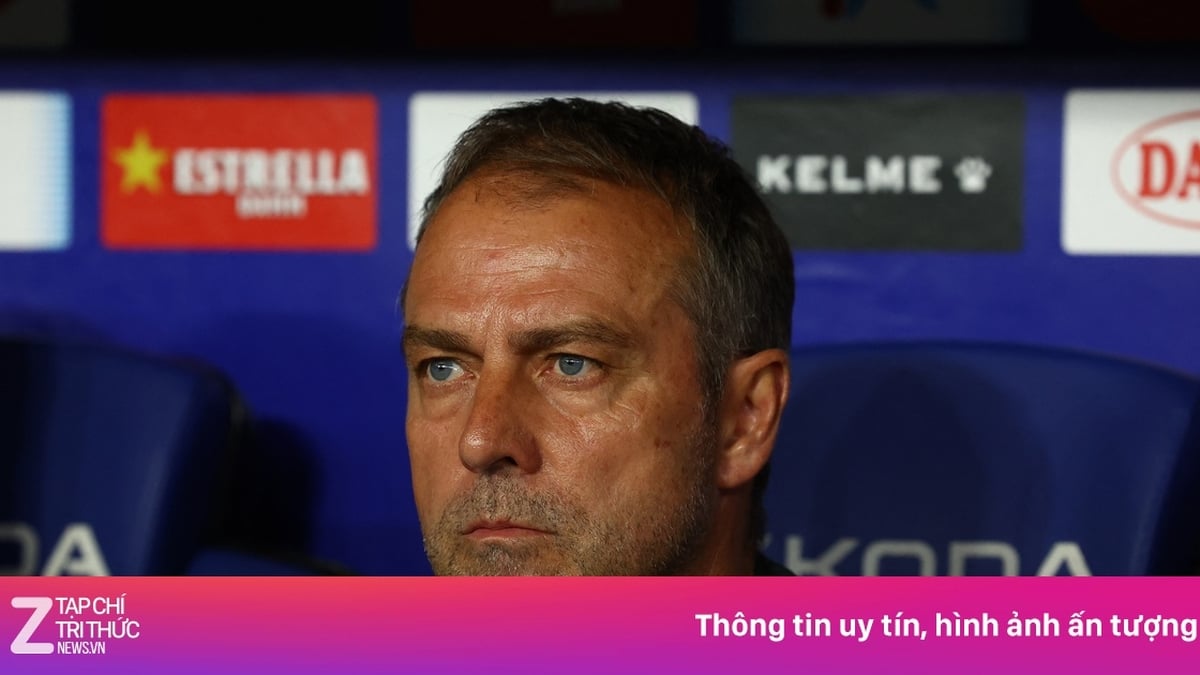







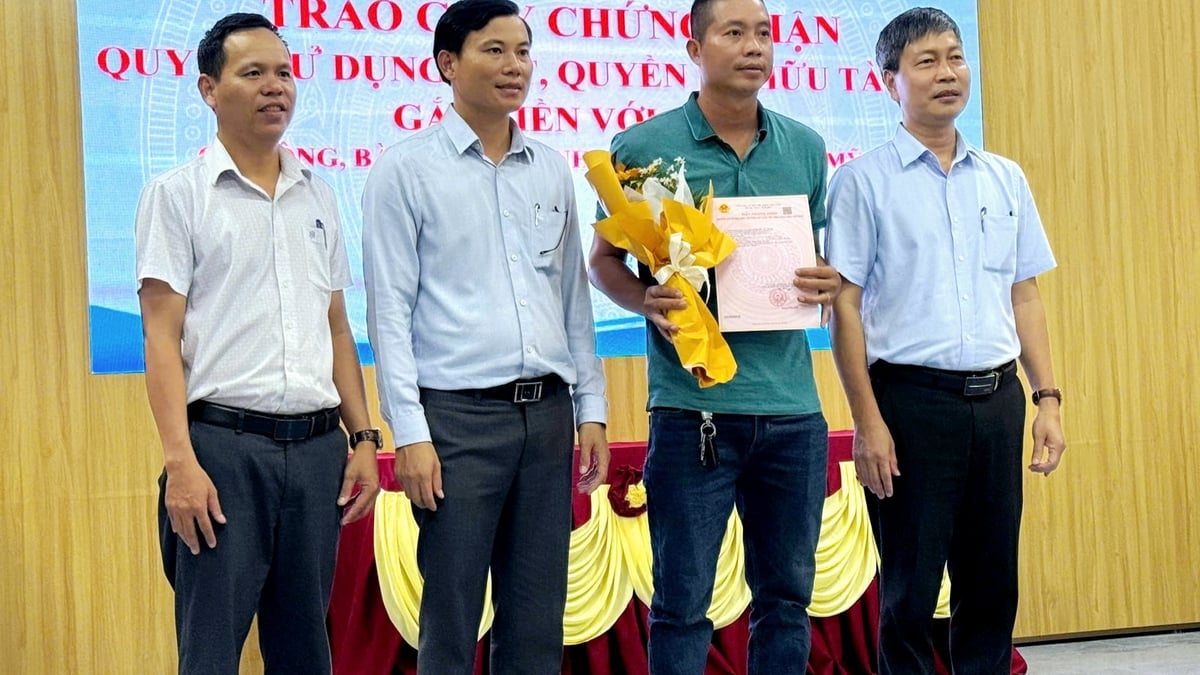
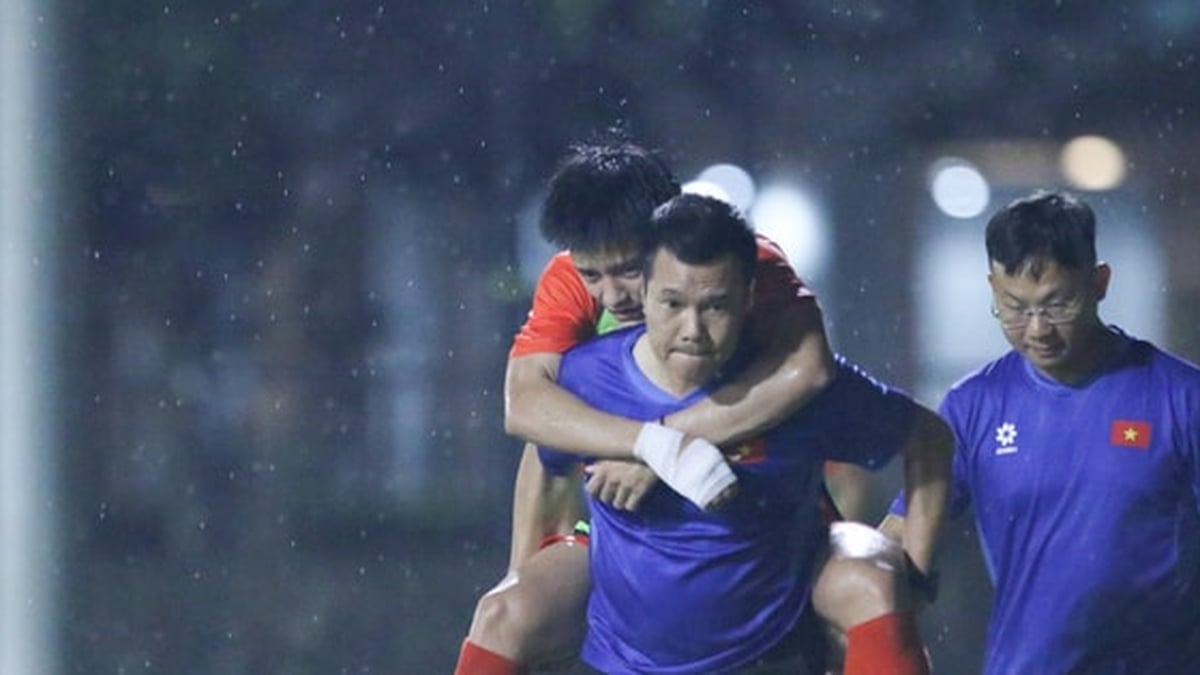
































































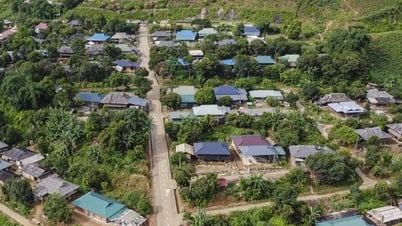
























Comment (0)